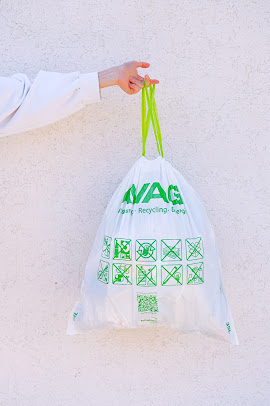Uniform Recycling in Australia is considered as an essential part of textile recycling which involves recycling of old clothes and shoes. The two-process involved in the recovery are sorting and processing. The final products comprise of suitable and reusable cloth scraps, rags, or fibrous material. The need for uniform recycling has become a burning topic for environmental awareness and land filling pressure.
Build Awareness For Uniform Recycling:
This is the initial step involved in the recycling process and the people need to get educated with the importance and benefits of using donated clothes and other accessories like shoes, etc. Several companies involved in this practice provide educational material that displays the need and importance of recycling. In these activities, it is even explained that which type of item can be recycled? The technique of Informative bins and truck signage is used to describe the identity of clothing that can be accepted.
Collection:
Clothing recycleagents make use of several strategies to pick clothes. The post-consumed clothes are picked from the bins of the public place or door-to-door collection. Such type of colorful bins are placed in a public place or near to shopping mall to contribute and the large-sized colorful bin is placed in the high traffic area to gain visibility in the location and contribute to the maximum collection.
Clothing Sorting:
After the collection of uniforms or clothing, the kinds of stuff are classified into three groups that are reuse, rags, and fibers. This is a manual sorting process that requires expertise talent to identify the material or it can even be aided with several mechanical systems that comprise conveyor belts and bins to separate the material. One of the most common and initial processes of automating the sorting process is Textiles4Textiles.
Processing:
The textile fabrics majorly are composed of biodegradable material i.e. synthetic plastics and cotton that can be influenced by the method of recycling and durability. These items are taken to a different location where sorting is done of the natural material and synthetic material. However, the process of uniform is quite different for natural textiles and polyester-based materials. In the first case, segregation is used whereas in the second case shredding of small fabric is executed.







No comments:
Post a Comment